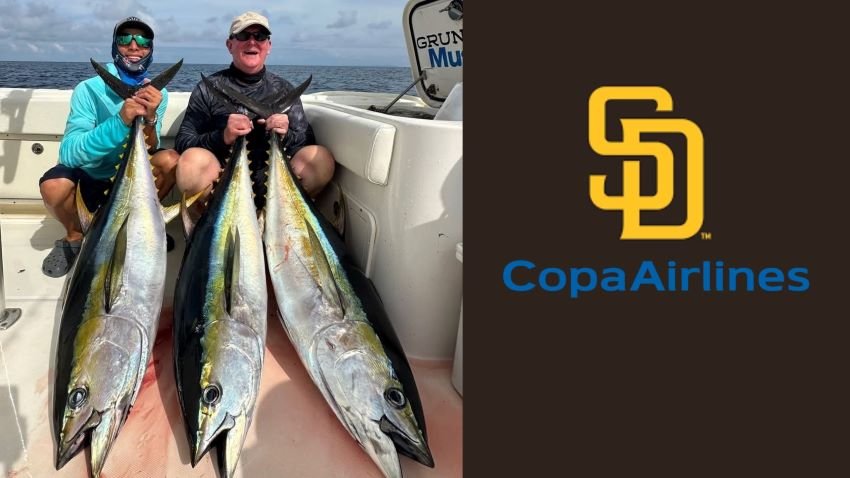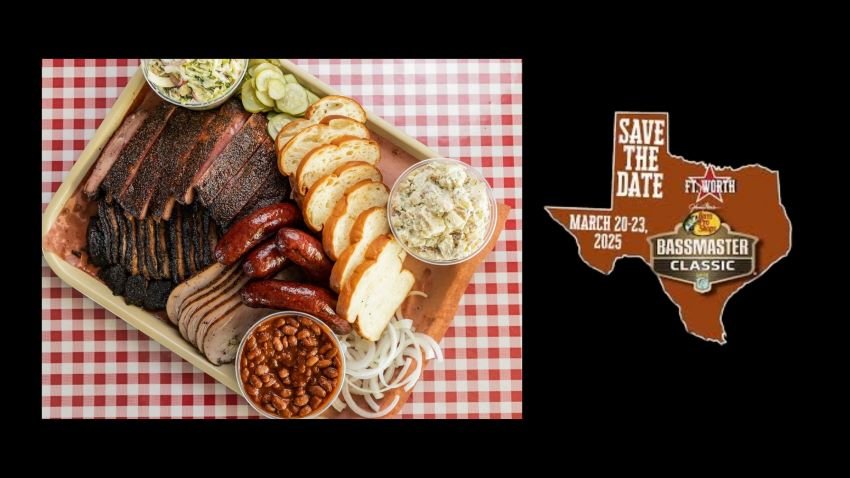Hydration Solutions for Fishing
It’s 3am, on a houseboat in the middle of the Amazon, 100 miles from the nearest road, but presumably surrounded by caiman and piranha and who knows what else that stings and bites. Hanna is restless.
“Are you awake?” she asks.
Of course I am. I’ve been awake for an hour, suffering from hand cramps.
“Yes,” I reply. “My hand is killing me.” We’d been throwing 6- and 7-inch surface prop baits all day, ripping them non-stop and violently, then immediately firing out another cast. The most productive part of the day was 10am to 2pm, when the sun threatened to burn through our hats and the temperature was nearing triple digits.
“Me too,” she said. “It’s like a claw. I can’t get my fingers to unclench.”
Welcome to the Amazon.
Fortunately, it was only a temporary condition. What we knew already, and had failed to heed, was that it’s critical to stay hydrated when you’re fishing. That’s especially true in the Amazonian heat, or when we fished in a drier 114 degrees in Zambia. If you’ve been drinking for hours and haven’t had to pee, you’re already behind the eight ball. The best way to prevent it is to drink early and drink often.
That morning we took ibuprofen, chugged water, and we were pretty much back to normal, but then our friend Steve Yatomi gave us some Emergen-C packets. One each morning with breakfast, mixed into a water bottle, was that head start we needed. Since then we’ve used it religiously and successfully on fishing trips on multiple continents, and we’ve never suffered the dreaded “claw hand” again.
Problems with your hands are the least of your worries when you fail to hydrate properly while fishing. Worse effects include fatigue, dizziness and confusion, which could lead to more serious injuries. Even worse than that, you could suffer major and irreversible damage to your kidneys. If that happens in the Amazon, where the closest hospital is a float plane ride away, you’re screwed. Even if it’s not that severe and you’re just down for the count, you’ve lost valuable time on a long-awaited and expensive trip.
The easiest solution is to drink a lot of water. In Brazil and Africa, Hanna and I made a rule to drink a full bottle of water every time we relocated the boat. I chug mine, she sips hers, but the impact is the same. Yatomi once took a group of professional athletes in the prime of their lives into the jungle and they were as excited to drink beer as they were to fish. The first night they went all in on the Skol and Brahama beers, and they paid the price. Steve knew he couldn’t get them to slow down on the alcohol, but he instituted a suggested practice: For each beer you drink, you have to drink a bottle of water as well. There were no issues of “clumsiness” the rest of the trip.
Emergen-C has been a lifesaver for me. I try to drink one before breakfast every day on the water, just as some people take vitamins or medication. I know one angler who packs a 32oz Nalgene bottle full of the packets and places it in his luggage. Then, each morning he empties four packets into the bottle and makes a paste or sludge. Throughout the course of the day he drinks the water, adds more back in, mixes it up, and keeps doing that until there are no more crystals left. Whatever way you can force yourself to do it, get it done.
If for some reason you don’t like any of the Emergen-C flavors, there are plenty of comparable alternatives out there. You may be able to find them at Wal-Mart or Walgreens, or go to a sporting goods store or REI for a greater selection. If you want one with less sugar, for example, Nuun offers a good option.
You can also get them in tablet form. For example, Runner’s World magazine rated Hammer Endurolytes Fizz as a “great value,” noting that it was inexpensive and low in calories. Try several different types, including the standard Gatorade products – everyone’s tastes and reactions differ slightly.
Most of all, keep the water flowing, especially if you’re mixing in other types of drinks. As noted above, beer is believed to be a diuretic. I’ve been known to have a few Pacificos in Mexico, occasionally as early as 8am, but I’m not a heavy drinker on the water. My weakness is Diet Dr Pepper (and diet soft drinks in general), which is also believed to be dehydrating. If you’re drinking those, make sure to add in a substantial amount of water or sports drinks.
Finally, consider Pedialyte, which is marketed towards children (or rather, their parents) to replenish electrolytes. Multiple professional anglers have told me that they rely upon it on the long, exceptionally hot days of practice during the summer. Some drink it the night before, some drink it on the water, but they swear it’s better than any other standard energy drink. I’ve only seen the bottles on the shelf, and they’re clearly not conducive to air travel – although you can use them any time you’re driving to a fishing location. Apparently I need to look harder, because according to their website they also have various kinds of powder packs, as well as freezer pops. That sounds a whole lot better than the pickle juice that some of my friends swear by.
Finally, remember that this may feel more urgent in the heat of the Amazon basin, but it applies equally just about anywhere you’re fishing, in any weather. Being outside will deplete you in a sneaky manner, but a little planning enables you to avoid paying the price.















